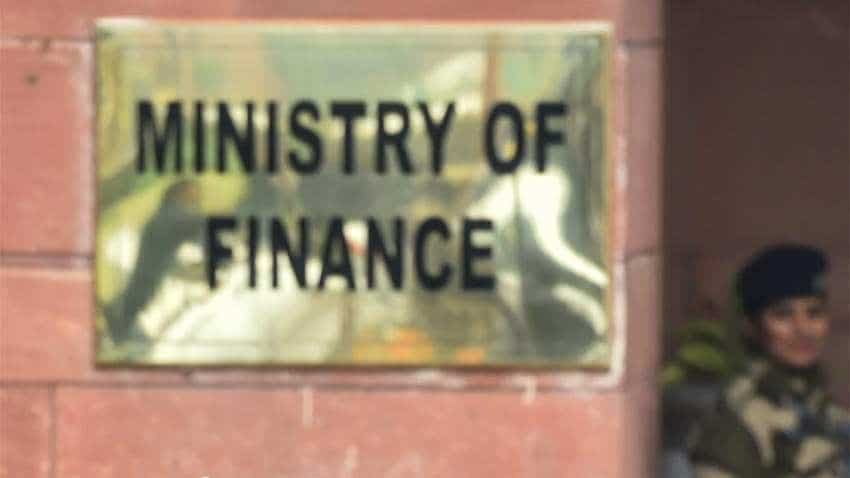Government looking at REITS model to monetise land assets of CPSEs, enemy property
Enemy property refers to the assets which were left behind by people who migrated to Pakistan or China and are no longer citizens of India.

The finance ministry is looking at innovative Real Estate Investment Trusts (REITs) model for sale of land assets of CPSEs and also those which are classified as 'enemy property' by the government. REITs, which are regulated by Sebi, are instruments for investments in real estate. Under this REITs model of securitisation, the land assets will be transferred to a trust providing investment opportunity for institutional investors.
The finance ministry is looking at the REITs model along with other modes like leasing or outright sale of land assets for monetising non-core assets of Central Public Sector Enterprises (CPSEs) which have been identified for strategic disinvestment, an official said.
The ministry is also considering REITs model for monetisation of immovable enemy property.
Although market regulator Sebi had notified REITs guidelines in 2014, the market for this instrument for investment in real estate is yet to pick up.
Watch This Zee Business Video
With regard to sale of immovable enemy properties, the guidelines said the assets would be identified for disposal in consultation with the stakeholders including the respective state governments.
Enemy property refers to the assets which were left behind by people who migrated to Pakistan or China and are no longer citizens of India.
The Custodian of Enemy Property for India (CEPI) or the Ministry of Home Affairs will select the properties for disposal and will also certify that a clear title deed is available and the property is free of any encumbrances and encroachment.
Although the Department of Investment and Public Asset Management (DIPAM) under the finance ministry has spelt out the several model which could be used for monetising land assets, the final call will be taken by a ministerial panel headed by the finance minister.
One of the models proposed by DIPAM is 'Direct Contractual Approach' under which large upfront payments for the land could be made to government coupled with small annual payments or small upfront payment coupled with annual payments.
"Adoption of one or the other model would depend upon many factors like type and use of asset, objective of monetisation and various other factors," an official said.
The other model could be the one being used by NHAI under which operations of an existing revenue generating assets are entrusted to a private party for specified period on specific terms and conditions like the 'Toll-Operate-Transfer' (ToT)
Another model which could be considered is to transfer the land to state-owned NBCC for developing affordable housing or central/state government offices.
Watch Zee Business TV Live Streaming Here
DIPAM had earlier this week come out with guidelines for monetisation of non-core assets of CPSEs and immovable enemy properties, following a Cabinet decision in February.
As per the guidelines, state-run companies will have 12 months to monetise non-core assets identified by a ministerial panel, headed by the finance minister, failing which the finance ministry may restrict budgetary allocations to the CPSEs.
Get Latest Business News, Stock Market Updates and Videos; Check your tax outgo through Income Tax Calculator and save money through our Personal Finance coverage. Check Business Breaking News Live on Zee Business Twitter and Facebook. Subscribe on YouTube.
RECOMMENDED STORIES

Looking for short term investment ideas? Analysts suggest buying these 2 stocks for potential gain; check targets

Rs 3,500 Monthly SIP for 35 years vs Rs 35,000 Monthly SIP for 16 Years: Which can give you higher corpus in long term? See calculations

Small SIP, Big Impact: Rs 1,111 monthly SIP for 40 years, Rs 11,111 for 20 years or Rs 22,222 for 10 years, which do you think works best?
06:18 PM IST










 Exports from SEZs surge 4% to reach over $163 billion
Exports from SEZs surge 4% to reach over $163 billion  Work-from-home for employees: Commerce ministry issues WFH guidelines for SEZ units
Work-from-home for employees: Commerce ministry issues WFH guidelines for SEZ units FDI in India grew by 6% to $42 billion in 2019: UNCTAD
FDI in India grew by 6% to $42 billion in 2019: UNCTAD Commerce Ministry panel suggests change in SEZ rules
Commerce Ministry panel suggests change in SEZ rules